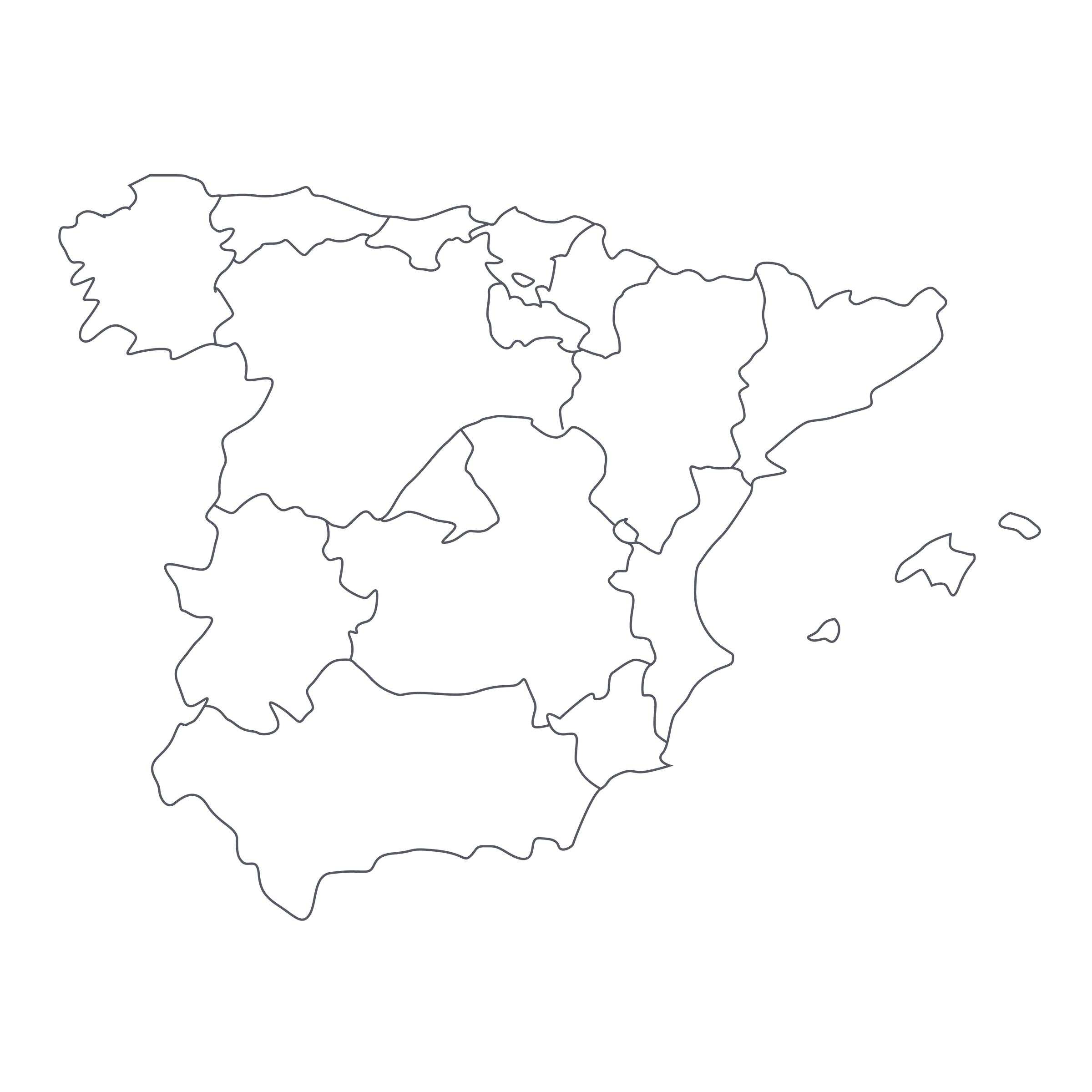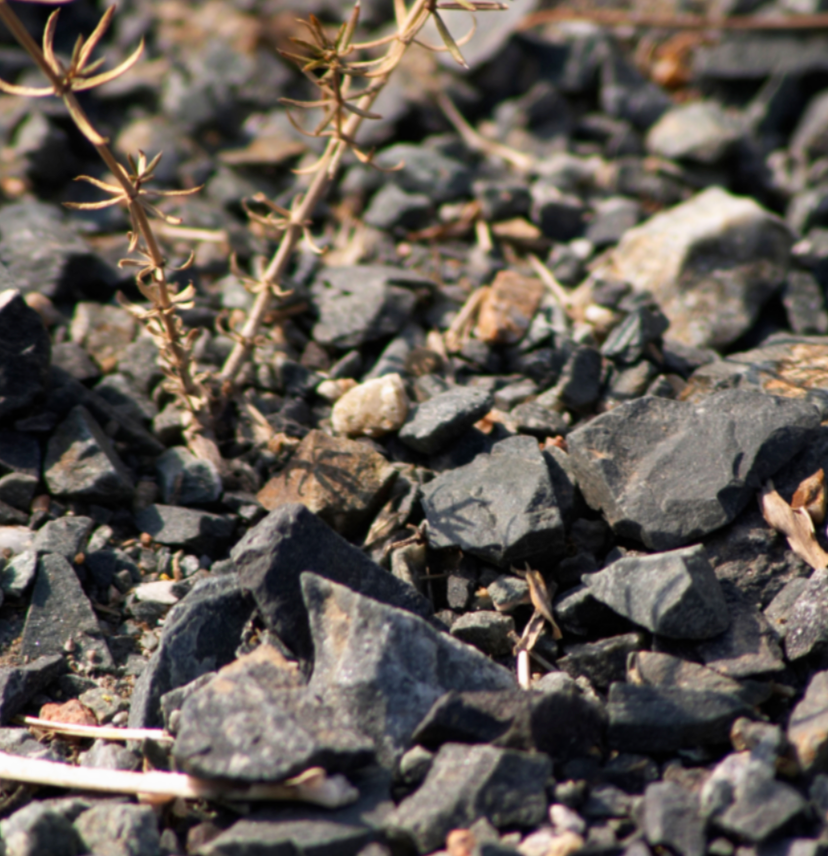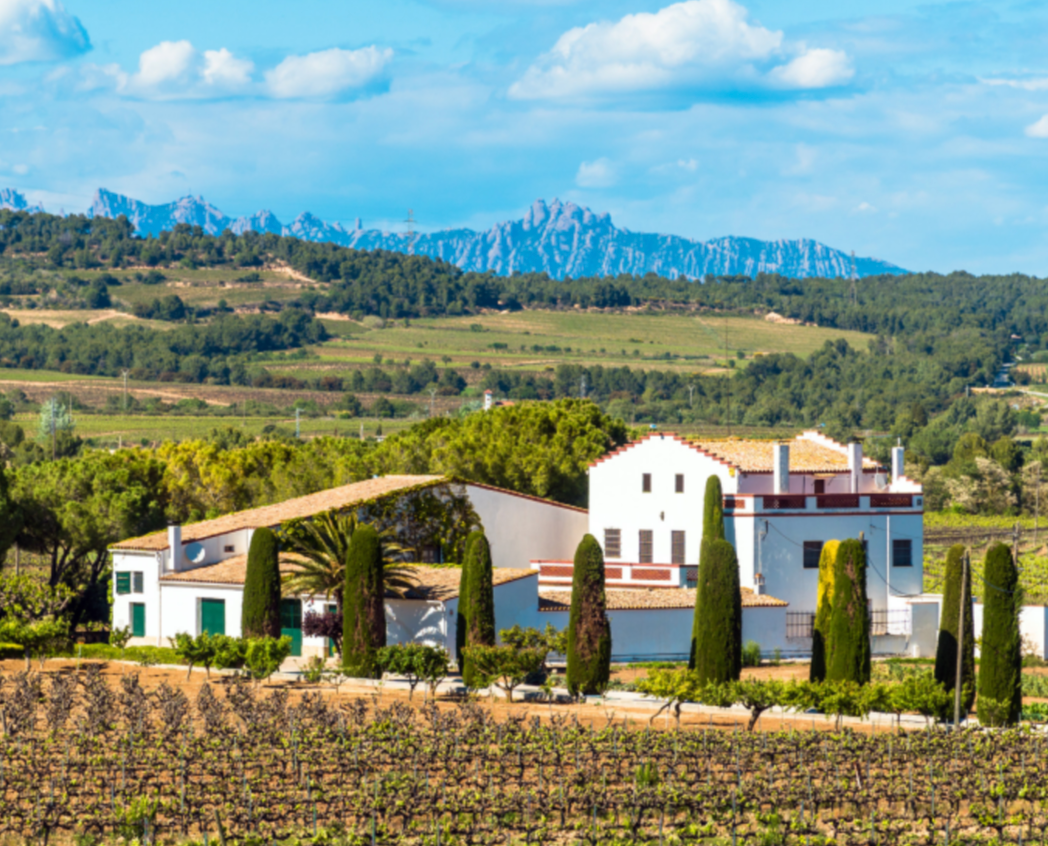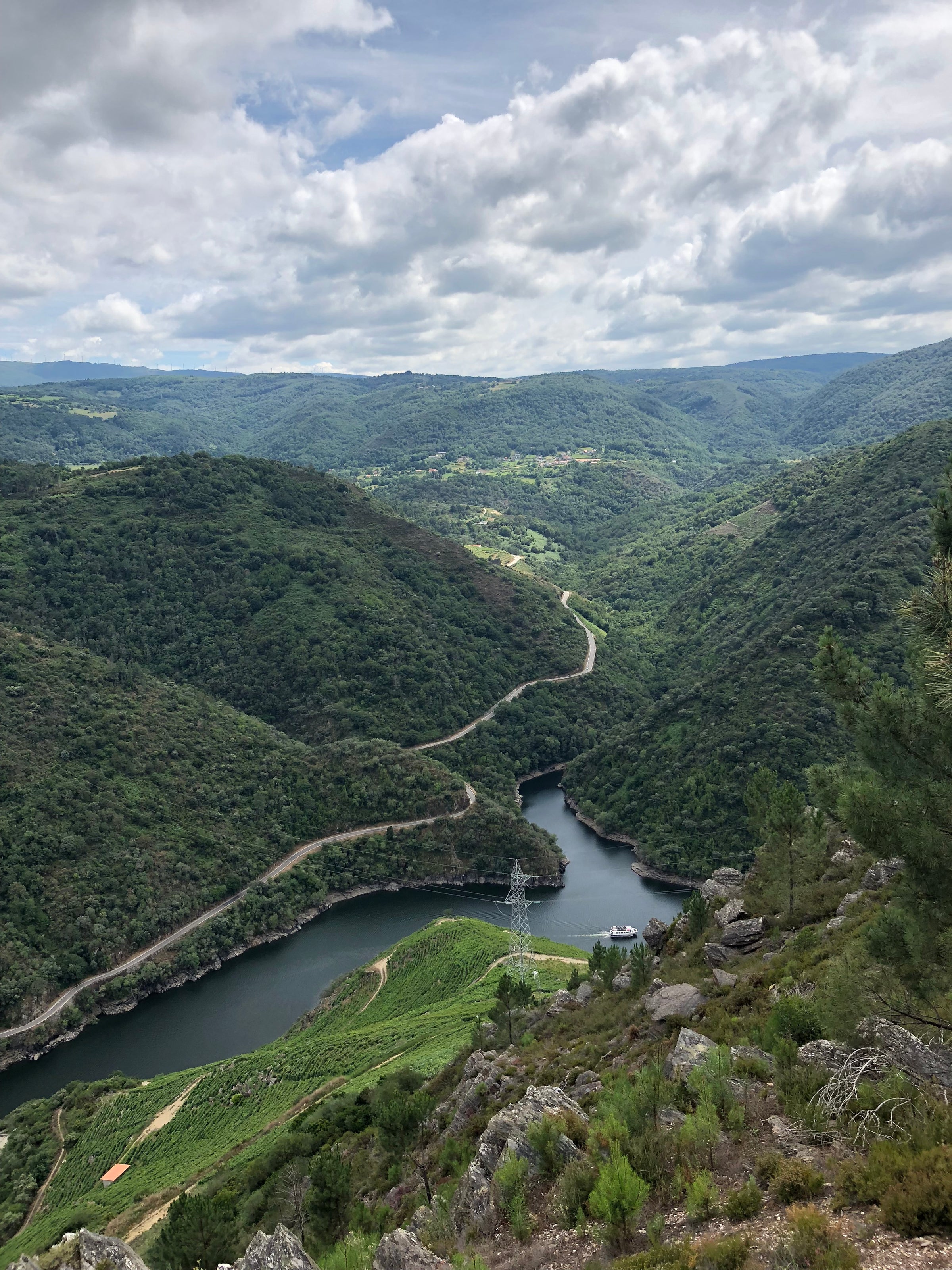Having walked—or rather, scaled—the vineyards of Priorat myself, I know what José Luiz Pérez must have felt when he and a few other visionaries began reviving wine culture there in the 1980s: awe. Both the place and its wines are awesome, and a handful of Priorat estates, Mas Martinet among them, have become the region’s “first growths.” Climbing to the top of Priorat is not easy, literally or figuratively, but Mas Martinet got there early and has only become more compelling under the leadership of José Luiz’s daughter, Sara Pérez.
The scores from critics have remained consistently high, as has the demand from collectors, but the style of the wines has subtly evolved. As Priorat re-emerged from obscurity in the late-1980s and early ’90s, it became known for luxurious, Bordeaux-inspired reds with an “international” sheen to them, yet while Sara continues to employ varieties such as Syrah, Cabernet, and Merlot, their presence has been reduced—as has the influence of oak. In her spectacular “Bru” bottling, we have perhaps the greatest pound-for-pound value in Priorat, as well as a wine that encapsulates the evolution of Priorat wine perfectly. In the winery, “whole-cluster” fermentations are employed, with less aggressive extraction for color and texture. New oak barriques have been traded for large-format, neutral casks as well as concrete vats and clay amphorae. This latest iteration of Bru is a triumph of purity, elegance, and most of all, value. It truly has no peer.
José Luiz Pérez was one of those early adventurers, along with René Barbier, who began re-colonizing Priorat in the 1980s. He established Mas Martinet in 1989. Since 2001, Sara Pérez has managed all activity and guided the estate to fully organic viticulture. Martinet Bru is mainly sourced from a single vineyard called Mas Seró. Located within the “Vi de Vila” zone (the new classification for specific village sites) of Masos de Falset, it’s a cooler, coastal-facing site deeply rooted in llicorella (fractured, dark, slate-based soil). The midday sun reflecting off this quartzite-flecked soil is cooled by a strong sea-breeze influence, locally called garbinada. The specific terroir of Mas Seró affords the grapes a longer, evenly balanced growing season resulting in aromatic lift, complex flavor, and structural nuance.
.
All the fruit for the 2019 Martinet “Bru” was hand-harvested and most of the clusters were destemmed, with 20% of the clusters left whole through fermentation. The blend is roughly equal parts Grenache, Carignane, and Syrah rounded out with some Merlot and Cabernet. Pérez co-ferments some of the grapes depending on the balance of sugar and acidity in the different varieties. Fermentation takes place in open-topped concrete vats to ensure optimal oxygenation and all work requires gentle handling to preserve pristine fruit flavor and freshness. After finishing alcoholic fermentation, the must is pressed and left to rest in a combination of 4,000-liter wood tanks, 300-liter barrels, clay amphorae and some glass demijohns for approximately 13 months.
Martinet “Bru” exhibits the kind of energy and purity that comes from steadfast biodynamic farming. It’s a long way from the inky, chunky, somewhat flabby examples typically found at this price point. In the glass, it shines a dark garnet red with ruby reflections toward the rim. The alluring perfume is reminiscent of nuanced red Burgundy or Châteauneuf-du-Pape, with a mixture of bright raspberry, wild cherry, and black fruits underneath dancing scents of licorice, dried herbs, spicy florals, orange peel, white pepper, and dusty slate. It is medium-plus in body, with finely tuned tannins wrapped around tart boysenberry and violets—a soaring, smoky mineral cord running throughout. It is vivid and fresh, seamlessly gliding from plush to firm and back! This stunning Priorat deserves a full 60-minute decant, after which I’d suggest serving at a cool 60 degrees in Burgundy stems. This wine is a history dream of a wild place shaped by extreme terrain, bitter cold winters and dry, hot summers. A place where 12th century, wine-obsessed Carthusian monks planted vines on their stairway to heaven. It has survived disease, mass exodus, and civil strife. Now it’s the center of a modern wine renaissance. This wine is the proof!










